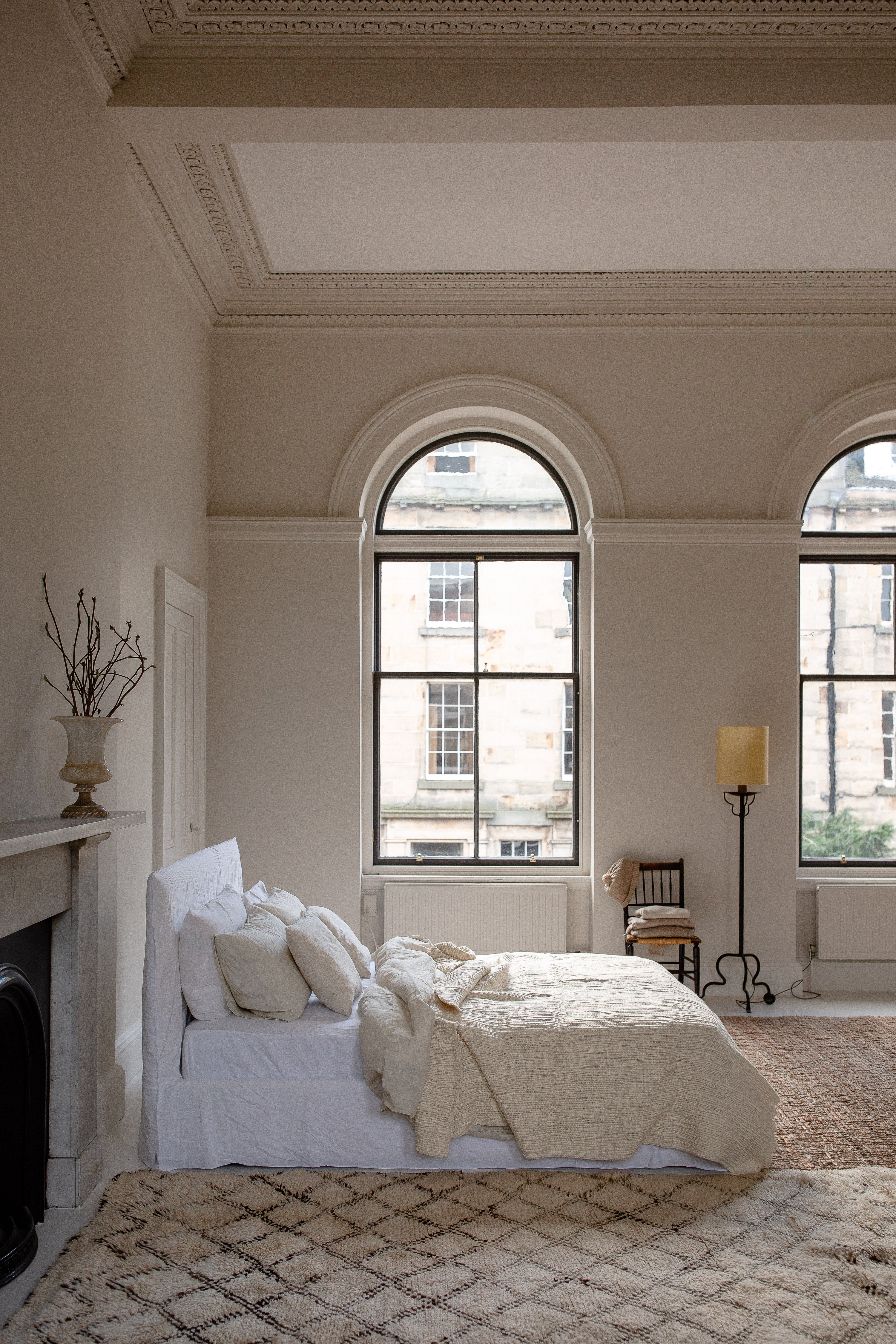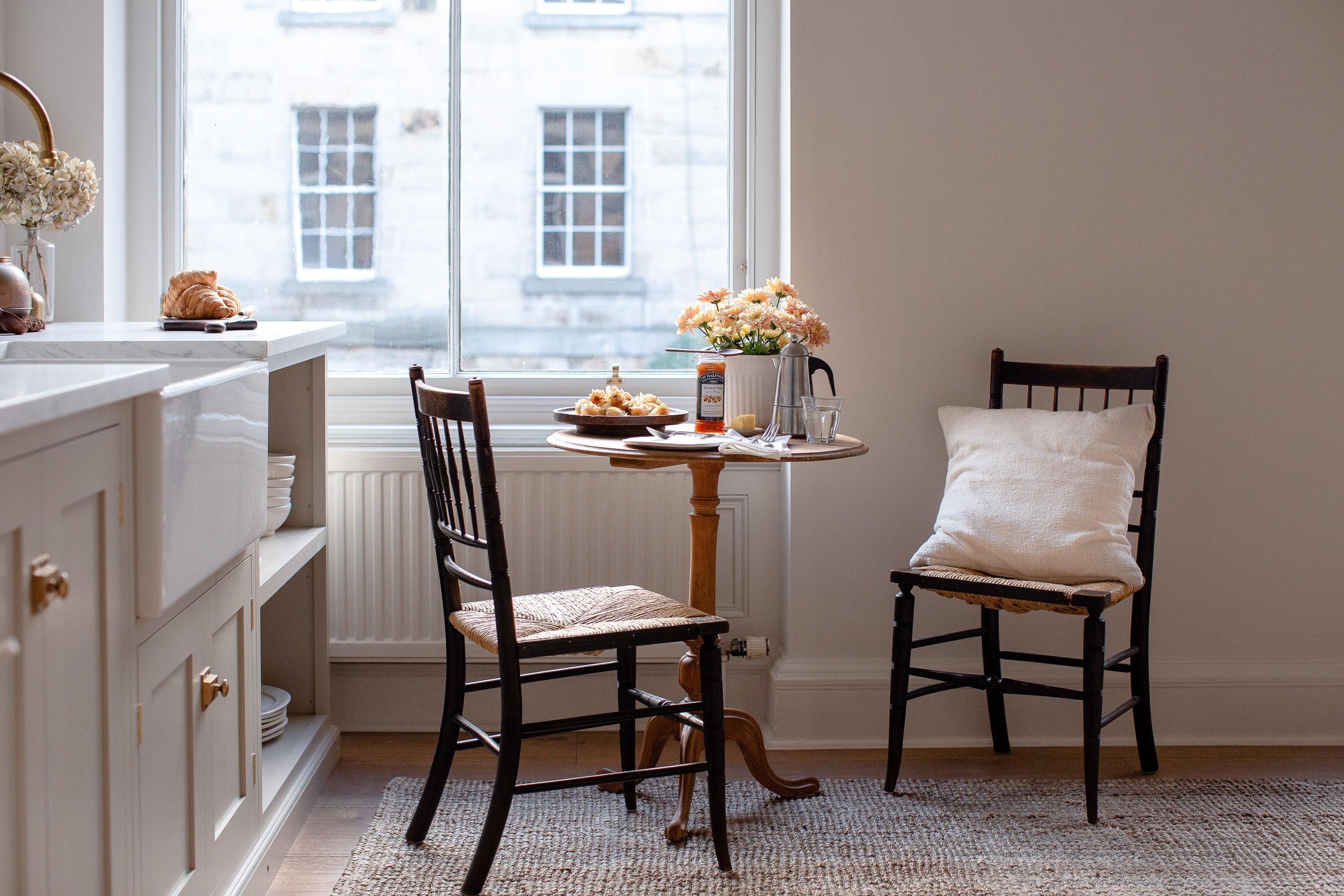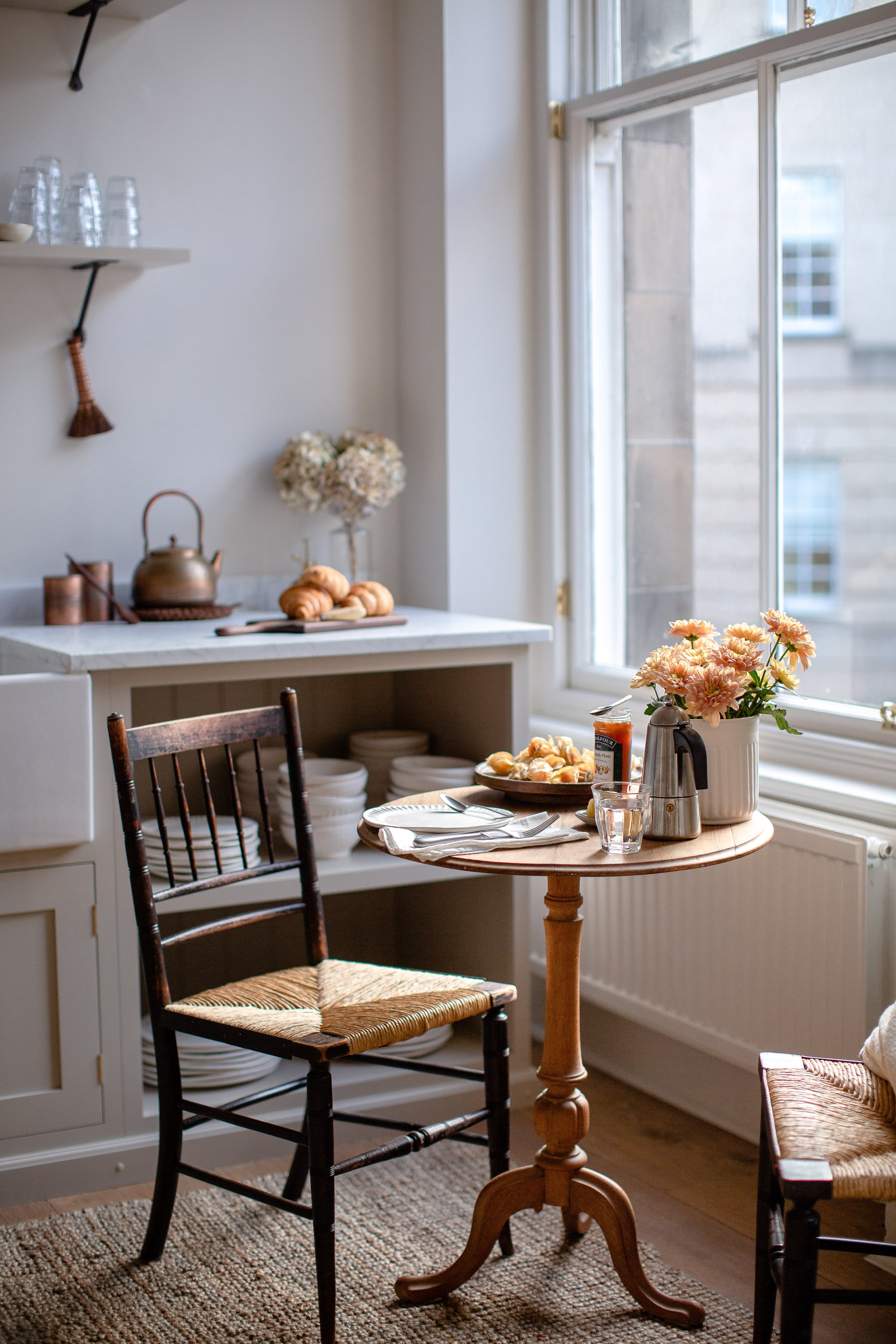
We are in the midst of a sea change. It isn’t always easy to clearly feel our way around the soft and blurry edges of such profound changes. Their shape and structure often remain nebulous until years or even decades after they have occurred. But even without clear definition, this new tide is changing our cultural narratives through what were a quiet few whispers that have since swelled in number and volume resulting in a powerful choir.
These changes have been a while in the making. Their slow and steady trickle has been feeding into our stories for decades. But the events of these last two years have served like rocket fuel accelerating the pace of change into a powerful and undeniable force.
One year of slowing, hibernating and being cut off from the outside world has made all but the most avoidant among us pull back, whether voluntarily or dragged kicking and screaming, into the depths of our own inner worlds. As we have emerged and started to reunite, sharing war stories and battle scars, one thing is clear: many of us are taking these hard-won changes out into the world with us.
For all the profound and numerous transformations that people have gone through, the pandemic has also had an impact on some of our everyday habits, for example, changing people’s relationship to consumption. In particular, the spell of habitual consumption seems to have been broken for many. While consumption will no doubt remain one of the pillars of our society for a long time to come, the pandemic has for many people severed the ties between shopping as a pastime and replaced it with a desire for a more conscious and more thoughtful approach to what we acquire.
From fast fashion and rapidly changing trends to a focus on longevity, quality, and ethics, what we are looking for in the products we buy is transforming to focus on not only how the items we buy will look but what impact these products will have on our world and our sense of self.
Within the context of this transformation to a more thoughtful approach to what we buy, one of the most impactful choices we can make is to pause and consider our purchases in more detail. Breaking the habit of mindless consumption and shifting instead toward making deliberate and thought through purchases ensures not only that we buy less of what we don’t need but also that we can stay satisfied with our purchases for longer.
When it comes to cultivating a more thoughtful approach to what we buy, below is a short list of points worth considering:
Longevity – focusing on longevity is about trying to ensure that the items we own and buy stay in use for as long as possible. Purchasing items that can only withstand a few uses before falling apart is a waste of both the energy and materials used to make them as well as an unnecessary contribution to the waste we create. After reducing consumption, prioritising longevity is one of the most impactful decisions we can make. This means being very deliberate and thoughtful about what we buy, ensuring that we have considered our purchase with care. In addition to learning how to build our own confidence in our choices so that we want to keep and use what we buy for as long as possible, it is also necessary to ensure that what we buy can stay in use for a long time. The first factor is quality and understanding whether an item was made with skill, care and materials that can withstand use for years or even decades. But another important factor to consider is how the items will age and look in future. From selecting a simple timeless style that is less likely to date quickly to selecting products made from materials that do not demand pristine perfection to look good but instead are forgiving of the process of ageing and change. By this I mean materials that will mellow over time, changing but looking no less beautiful. For example brass, copper or wood all acquire a beautiful patina and fabrics like linen are not only extremely durable but also become softer with time and use.
Materials – what the products we buy are made from is an important consideration in cultivating a more mindful approach to consumption. Selecting items made from natural, sustainably produced materials over synthetics made using petroleum is one option.
But an additional factor to consider is what will happen to the item when it is no longer in use? Products that are made from mono-materials (i.e. one single material) are much easier to re-use and recycle and, if made from a natural mono-material, they also decompose more easily than items made from a complex mix of materials. A further point to consider when it comes to materials is how the products we use come into contact with our skin and what impact that has on us. Eating at a plastic table for example has a very different quality compared to eating at a natural wooden one and items that come into regular contact with our bodies such as blankets and bedding made from natural materials such as linen, cotton and wool are more comfortable, breathable and pleasurable to live in than synthetic materials.
Functionality – a truly important consideration in any purchase is does the product properly do what it was designed to do? Many modern pieces are designed predominantly with aesthetics in mind. Because of this singular focus, their functionality is at times compromised in the process. Bedding that isn’t breathable is sweaty to sleep in, towels that are scratchy and don’t absorb moisture properly or kettles that don’t pour out water properly will create a feeling of frustration in the long run no matter how pretty they are to look at.
Story – giving consideration to the backstory of how a product came into being will become increasingly important over the coming years as we become ever more aware of the impact that production has on planet and people. Who are the makers behind what we purchase? What is their production process? What do and don’t they pay attention to when it comes to making their products? Every process of creation comes with a story. Sometimes these stories are of mass-production in uniform factories and other times these stories are ones that incorporate traditions of hand-making, and skills handed down from one generation to the next. Whether it is a vintage item we discovered at a market or a ceramic plate whose maker we know the name of, items that come with backstories we are familiar with create a different feeling in us to those that we do not know.
We are changing and so are our values. This pandemic has left few of us unaltered. While there are changes far more important than the ones that have to do with what we buy, I am glad to see a more positive shift trickling even into the smaller everyday decisions we make. I look forward to those edges becoming more defined in the months and years to come and a sharper picture emerging of where we are headed and what we can look forward to as well as the new challenges that will inevitably arise.


















Images above show our Textured Handwoven Merino Wool Blanket, Belgian Linen Bedding Set in Natural White, Handspun Cotton Cushion Covers in Ecru, Belgian Linen Fitted Sheets and Pillowslip Set in Pure White, Hand Forged Copper Cup, Brass Coffee Pour Over Stand, Copper Kettle, Copper Tea and Coffee Canisters, Hand Craved Coffee Scoop, Classic French Table Glasses, Hand Craved Cutting Board in Black Walnut, Pallares Solsona Kitchen Knife, Handmade Fluted Side Plate, Stone Washed Baguette Flatware Set, Firesand Crackle Glaze Dish, Hand Carved Condiment Spoon, Handmade Fluted Utensil Holder (used as a vase), Handmade Linen Napkin Set in Off-White, Shuro Palm Trivet, Heritage Brass Mister, Shuro Palm Hand Broom
